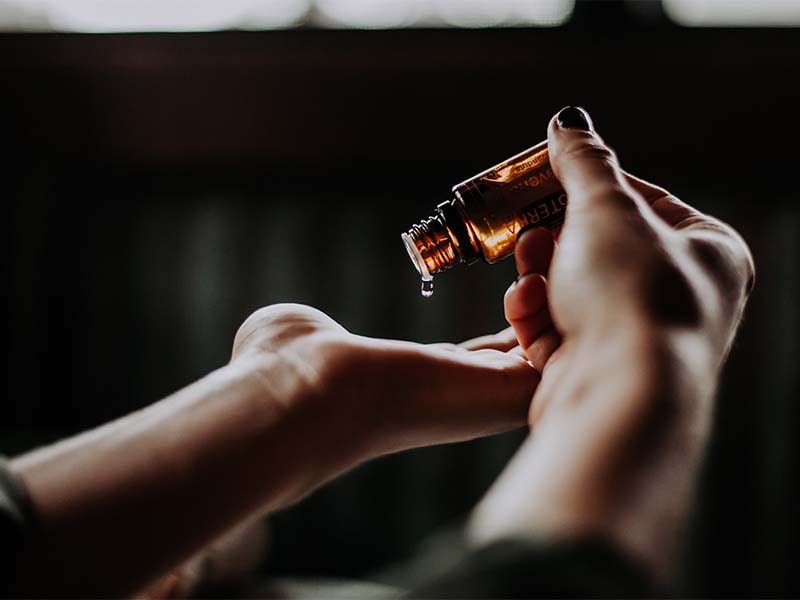What is CBD Bioavailability?
The bioavailability of the cbd is the degree to which it is available in the target tissue after it is delivered. In general, the higher the bioavailability, the less quantity is needed to experience the effects.
Another important term is the form of delivery of CBD, as it has to do with the amount and speed with which the cbd enters the bloodstream, and from there to the target tissue.
Below we tell you the pros and cons of the different methods of CBD consumption so that being more informed, you can draw your own conclusions.
Oral CBD:
Capsules, oils and foods: This is the most popular form of CBD consumption, but also the one with the lowest bioavailability of all, being between 6 and 19%. This is because fatty acids and enzymes destroy CBD before it can be absorbed.
Inhaled CBD:
Vapear and smoking: This is the most efficient form of consumption because it allows CBD to be absorbed through the alveoli (membranes that line the lungs’ sacs) and enter directly into the bloodstream.
The most basic form is smoking, it has a bioavailability of 31% and the half-life of smoked CBD is 31 hours. CBD vapeo has the same benefits in terms of CBD bioavailability but is less irritating than smoking.
Finally we have the nebulization that administers the Cbd as a vapor, nebulizers are used to administer medication to damaged or sensitive lungs.
Sublingual CBD:
drops and aerosols: in this method the absorption is through the mucous membranes of the mouth and nose. Using sublingual drops, which consists of placing drops of Cbd under the tongue, the maximum levels of concentration in the blood have been measured 2 hours after administration.
Both oral and nasal sprays consist of the same methodology but delivered to different tissues; absorption through the oral mucous membrane reaches the maximum blood concentration of Cbd at 4.5 hours for a dose of 15mg, while absorption through the nasal mucous membranes reached the maximum blood concentration at 10 min of administration.
What do the latest studies say?
Currently, CBD is expanding in the medical field by leaps and bounds, so scientists are putting all their efforts into improving its use. The main difficulty to take full advantage of CBD is its low bioavailability, which results in the need for higher doses and, respectively, more expenses, to achieve the desired effects.

Scientists have been working hard to devise some methods that may not be complete solutions, but they have still greatly improved the bioavailability of CBD. This research lies in the principles of nanotechnology, which refers to making much, much smaller and therefore more easily absorbable particles for Cannabidiol.
Water soluble CBD
The biggest difficulty is that CBD is hydrophobic, which means that it does not dissolve in water, one of the main reasons for its low bioavailability, considering the large percentage of water we have in our bodies.
This means that by making Cannabidiol more compatible with water we achieve better bioavailability and effectiveness. At this point we must emphasize the “water compatible” part, as opposed to the water soluble part: scientists continue to investigate the possibilities for CBD or Cannabidiol to dissolve in water, but have managed to make it more compatible, that is, bioavailable.
To learn more, please visit https://prestodoctor.com








